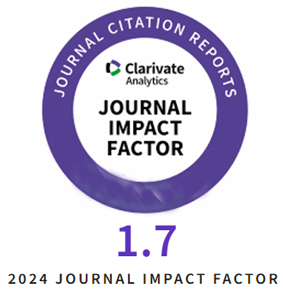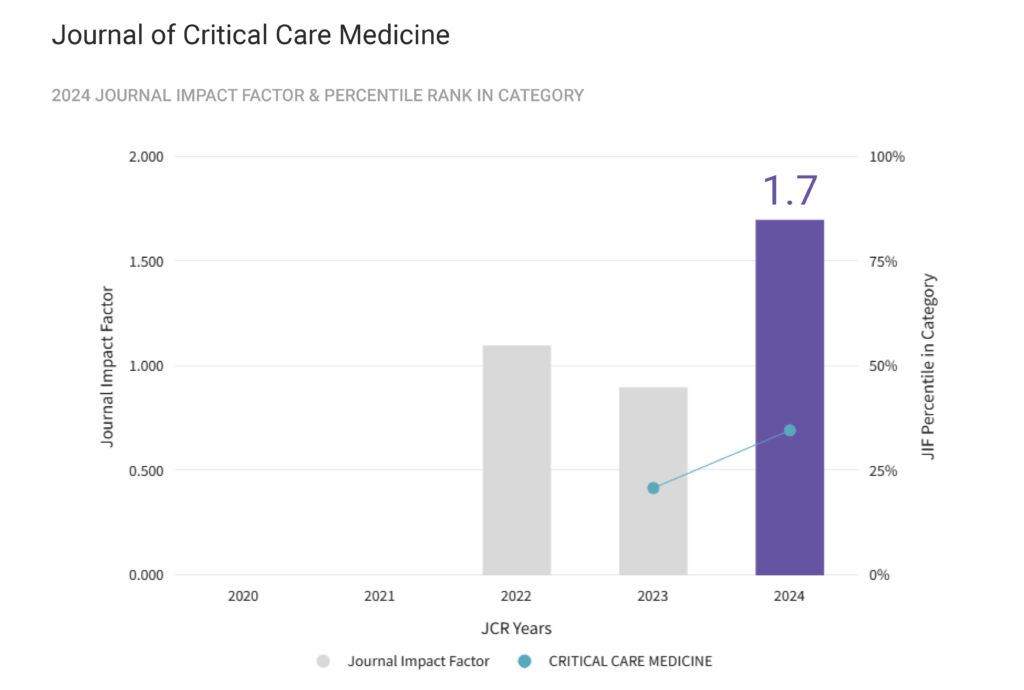Introduction: Hemoptysis is a commonly encountered diagnosis caused by blood originating from the respiratory tract. Current pharmacological guideline recommendations for treatment do not exist. Tranexamic acid is a synthetic anti-fibrinolytic used in the management of various bleeding complications. Tranexamic acid has gained popularity for the treatment of hemoptysis with limited side effect knowledge. Our aim is to describe the clinical characteristics of patients receiving nebulized tranexamic acid for hemoptysis and compare clinical outcomes to those of patients receiving supportive care.
Materials and Methods: This is a retrospective descriptive analysis performed in medical and ICU units at three tertiary hospitals. All patients were hospitalized with hemoptysis between January 1st, 2018 – December 31st, 2021. Demographic information, severity variables, and clinical outcomes were collected from medical records. For statistical analysis, we used t-test for continuous variables, chi-square or fishers’ exact test for categorical variables, and propensity analysis to adjust for disease severity and underlying medical conditions.
Results: 488 patients were identified; 96 received tranexamic acid. There were slightly more smokers in the no TXA group (p = 0.04) but otherwise the two groups were similar in terms of demographic characteristics. The average length of hospital and ICU stay, need for mechanical ventilation or bronchoscopy, and mortality were significantly higher in the tranexamic acid group (p<0.01). The propensity analysis showed higher odds of death with nebulized tranexamic acid use, OR 2.51 (1.56-4.02).
Conclusions: There appears to be an indication bias for tranexamic acid based on disease severity without an obvious improvement in clinical outcomes. Our analysis suggests that nebulized tranexamic acid for hemoptysis may be potentially harmful, and further larger prospective research is warranted.
Tag Archives: tranexamic acid
Differential Diagnosis and Management Issues of Idiopathic Angiooedema and their Resolution
Angiooedema is a local and self-limiting swelling of the subcutaneous and sub mucosal tissues, produced by vasoactive peptides that temporary increase the vascular permeability.
It is recognized that recurrent angiooedema exposes patients to the risk of fatalities and reduced quality of life, being in some circumstances associated with a critical condition.
Angiooedema can occur with or without wheals. The first symptom is urticaria, the second is a distinct nosologic entity. In absence of an identifiable cause, recurrent angiooedema without wheals can be defined as idiopathic and marked“idiopathic histaminergic angiooedema” when it is responsive to anti histamine treatment, and “idiopathic non-histaminergic angiooedema” when it is not. Furthermore, idiopathic non-histaminergic angiooedema can be diagnosed as hereditary or sporadic by family history.
In this review, we summarize the approaches to diagnose and treat different forms of idiopathic angiooedema.










